Ethiopia: The Land of the Elephants
Day in, day out, a lively Rastamann takes tourists to visit his village. Among the elephant huts, kneading dough and a quick trip to the village pub. A glimpse into the lives of the Dorze people, of Southern Ethiopia.
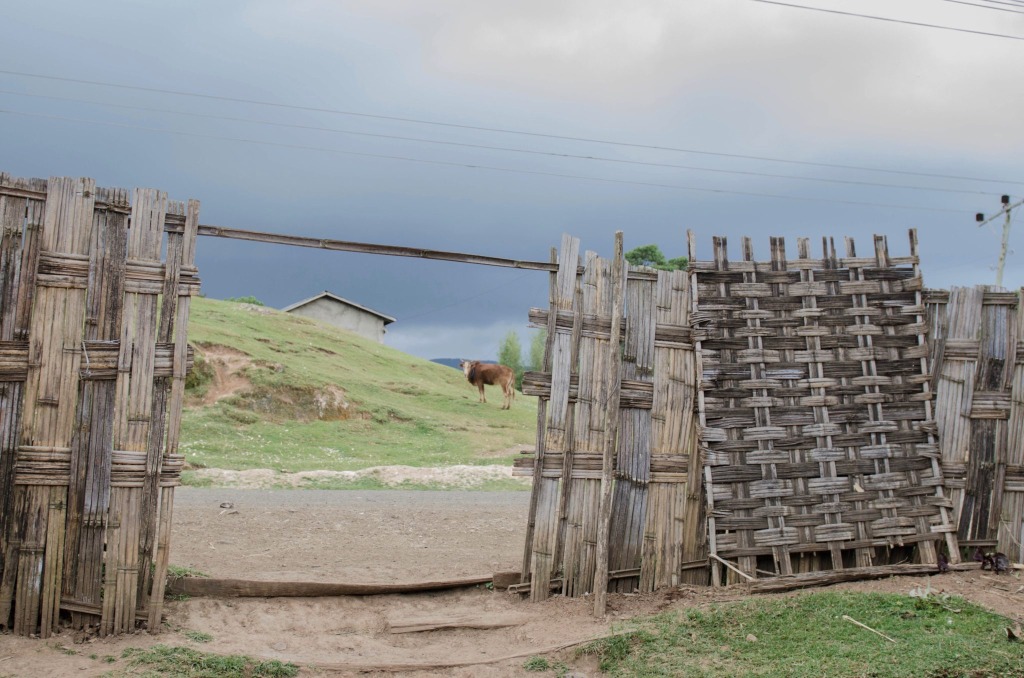
Every time another vehicle approaches, Sisay swiftly winds up the window. A gust of dry sand swirls against the window outside like a small tornado. It is too dry, too hot. He knows this route by heart: it is one which he travels several times a year. Sometimes with a crowded van, sometimes in a convoy of several vehicles, and sometimes, like today, with a small group of two or three travellers, keen to experience the country for themselves. He is taking us to the southerly part of the country, to a place where many of the old traditions still persist. A place, where things are simple, but colourful. A place, where Ethiopians still live on land that they own. Where the Mursi people, the Konso and the Dorze people of Ethiopia live.
Beyond us lie endless kilometres of nothingness. A stretch of land, so straight and so empty, that it almost seems absurd, to expect to encounter people here. The beige, barren expanse is occasionally punctuated by a small, withered shrub, or spindly-looking tree. Oncoming traffic is relatively sparse, usually consisting of HGVs on their way to distant factories. Sisay shakes his head. Every time he visits this corner of Ethiopia, there seems to be more traffic – and fewer animals. What was once an untouched landscape, and an excellent place to spot wild animals, has become a focal point for Chinese investment in recent years. There are plans to build more sugar factories and other enormous production plants here, in this remote part of Ethiopia described as a “Region of the southern nations, nationalities and people”. Perhaps such development will result in economic benefits for the east-African nation, or perhaps, it will be little more than a stab in the heart of a precious and fading way of life.
Dorze dance at 2000 m above sea level
Finally, the road culminates in an ascent. We follow a steep and dusty dirt track, which curves gradually upwards, in a way which really underscores Africa’s vastness and variety. It is slowly becoming rather green, as we enter the homeland of the Dorze. With almost 28,000 people, the Dorze are among Ethiopia’s smallest ethnic groups, mostly clustered in the southern part of the country in villages around Chencha and Arba Minch in the Semien Omo district.
Sisay relaxes his foot slightly, as the motor is increasingly tormented by the mountain. We can hear the distant voices of children. With each turn of the track, they grow nearer. At approximately 2,000 m above sea-level, they suddenly appear before us: four naked little imps, their bodies decorated with paint. One is completely in white, another sports zebra-style stripes. They hop wildly about, dancing and jumping, hoping to impress us enough to earn a few coins for their community. The little demonstration seems skillful, and well-rehearsed. Sisay can only chuckle at their efforts, shaking his head with bemusement. He’s already familiar with these little boys and girls, recognising them from earlier visits to the Dorze people Ethiopia. They are always here, he says. Later, he explains that the children had probably spotted the dust raised by our car in the valley below from a distance, and prepared themselves to perform. And then, as the sound of our vehicle approached, they began to sing.
Irrespective of its contrivance, the performance seemed an ideal introduction to Southern Ethiopia, echoing all our preconceived notions of a brightly-coloured people, living in small huts and dancing around fires. The children had no fire, making do instead with a mound of small stones. They later threw these at us, in apparent chagrin at the fact that we hadn’t given them any money.
A nature-trail through the elephant huts of the Dorze People Ethiopia
The Dorze people are not only known for the dancing children that bewitch tourists for small change, but also for their large, handmade houses, which resemble huge grey beehives or the faces of elephants. This elephantine design is not entirely coincidental, as the beasts which inspired them once roamed freely throughout this region. The elephants have long since dispersed, preferring to tramp across the plains of Kenya than those of southern Ethiopia. Their loss is lamented by the Dorze, although it does enable them to court tourism. The elephant-shaped Dorze house remains a major draw, with two air-holes at the top to resemble eyes. They are constructed entirely from natural materials, such as strips of bamboo or leaves from the etete tree.
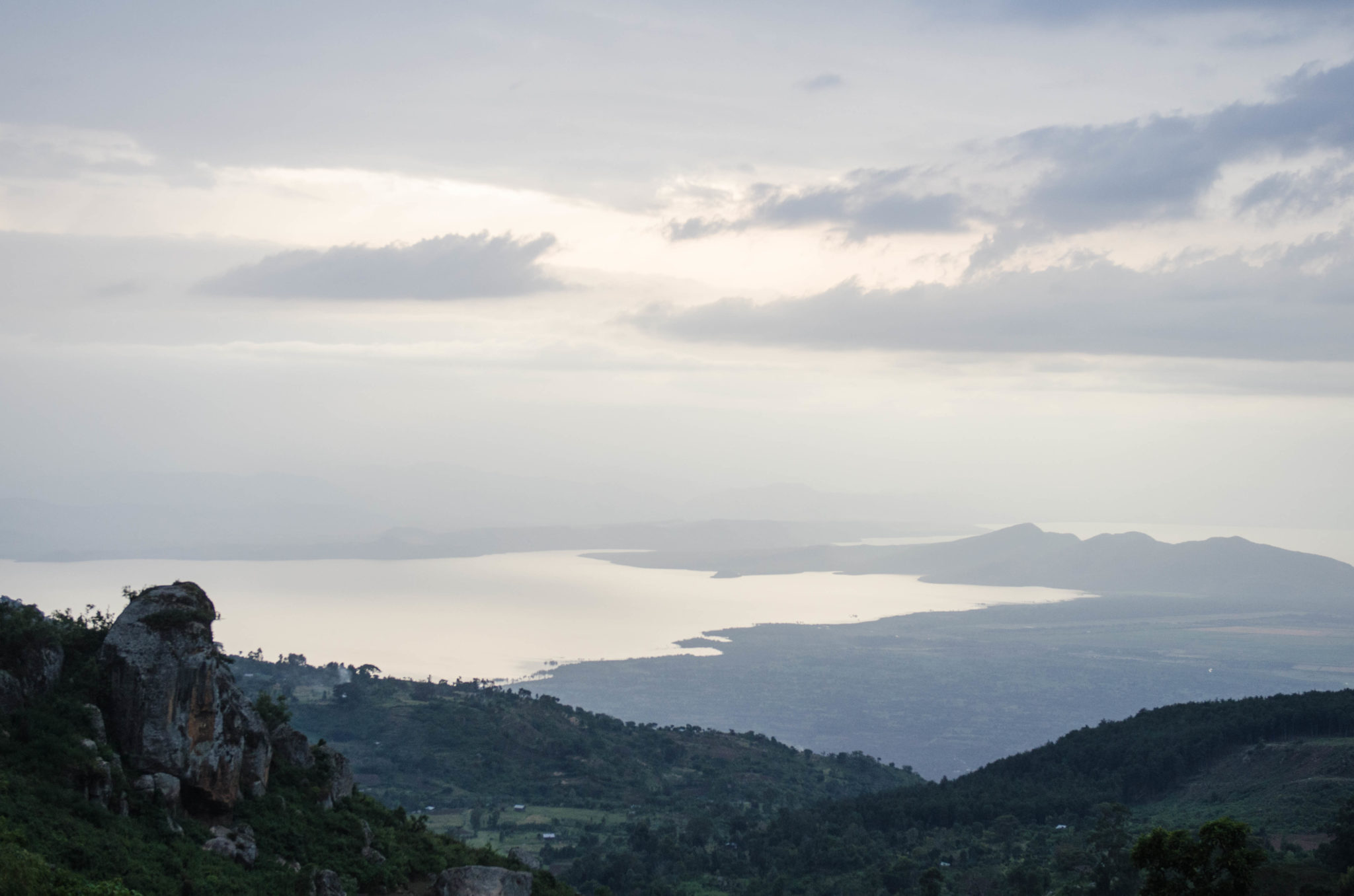
A cheerful young Rastamann climbs into the car. Sisay knows him well, unsurprisingly. In fluent English, he welcomes us to the Dorze village and tells us a little bit about the area. Then he clasps his hands together excitedly. He’s ready. We are, too. And Sisay’s relieved to get to get out of the car for a bit.
Bread dough, false bananas and strong Schnapps
The elephant house is dark inside. It smells strongly of frankincense and of livestock. The latter are there on the ground, concealed beneath a quilt of eucalyptus leaves. It is surely difficult to disguise the fact that a sheep and two goats are sleeping in your house. Our guide illuminates each corner of the hut for us, with the light of his smartphone. The traditional tools and equipment of the Dorze are all tidily mounted on the walls. We are encouraged to take as many photographs as we like, especially of the animals.
We are led out again, towards a steady and rhythmic knocking from outside the house. Our visit to the Dorze village is beginning to feel a bit like a nature trail, with a series of prepared stops. And feeling a little like school-children from an inner city, who have been ferried out into the countryside to learn to distinguish the wood from the trees, we are taught about the Dorze consider good and bad bananas. The bad sort look much the same as an ordinary banana, but are better suited to use as a building material, or added to a sort of bread dough. The second stop on our tour awaits, and it’s time to move on. Next up: a chance to join in. At school, they always say that actions spark reactions, and that engaging students in activity augments the process of learning. And it’s true. We push and knead at the dough, encouraged by a grinning Dorze-Mann. Cross-legged, with handmade necklaces strung with feathers dangling around our necks we finally look like real tourists that we are. Then, on to stop three of our tour, a small and carefully-tended garden, displaying some of the Ethiopian people’s most important fruits and vegetables, presented in a tiny space. And suddenly we find ourselves in the heart of the Dorze village, at the place where our time among the Dorze feels most authentic: the village pub.
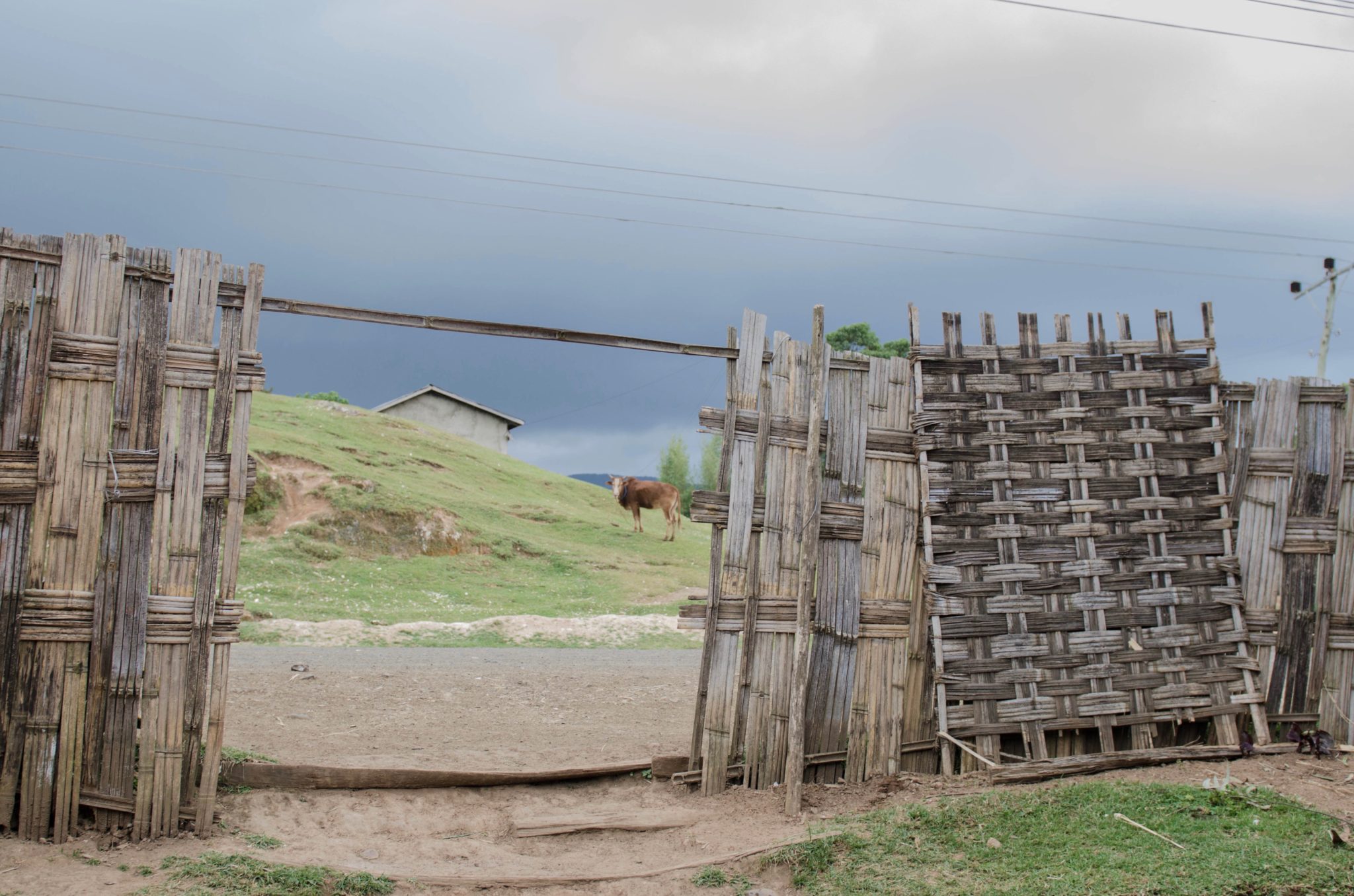
“Come, come!!“, call out a couple of men from inside, appearing already to have partaken plenty of the drink on offer. Don’t worry, we’re coming! There is no bar to speak of, just a couple of tables and plastic seats. The air is filled with a sickly-sweet aroma. We can’t quite place it. Perhaps a bit like vodka? With honey? Or possibly a sort of sugary spirit? Whatever the answer, it lies before us: a shot of homemade spirit and a bit of bread, namely, the same bread we had been kneading on an earlier part of the tour.
When tradition meets tourism
Step four: as they come to the end of a nature trail, a school teacher may offer his class something that will help them to remember their experience forever, something to consolidate their knew knowledge. In our case, this something turned out to be the strong local liquour, washed down with a group toast and followed by the slightly sour flatbread. At least this explained the perpetual grin of our Dorze hosts.
Apart from the occasional tourist visits, which bring in a significant amount of money, the Dorze’s day-to-day life remains largely unchanged from the traditions of the past. The men tend to the maize and bean harvests on the fields, the boys chase the goats and cattle across the meadows and the women care for home and hearth. In the evening the locals gather here, in the village pub. After all, what better way to end the day than here, relaxing over a drink and a chunk of bread, laughing about the day’s tourists or discussing the money earnt by the children from their dancing in the road.
And tomorrow? Well hopefully, another car will fight its way up across the prairie, around the curving dirt trail and up into the heartland of the Dorze. Another excitable Rastamann will rattle of his perfectly rehearsed repartee, whilst his wife kneads at the dough with that perfect rhythm. Another ordinary day in the land of the elephants.

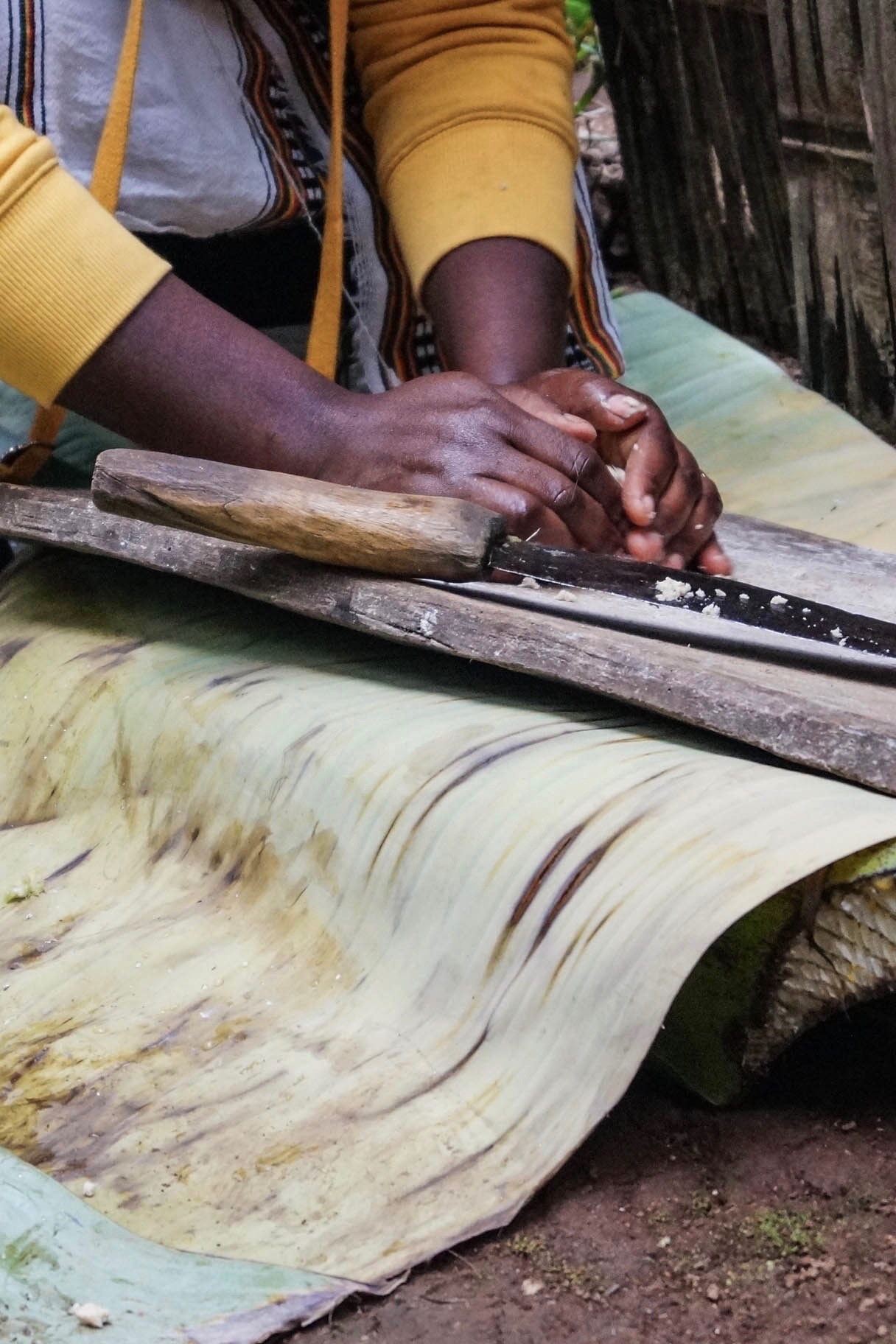
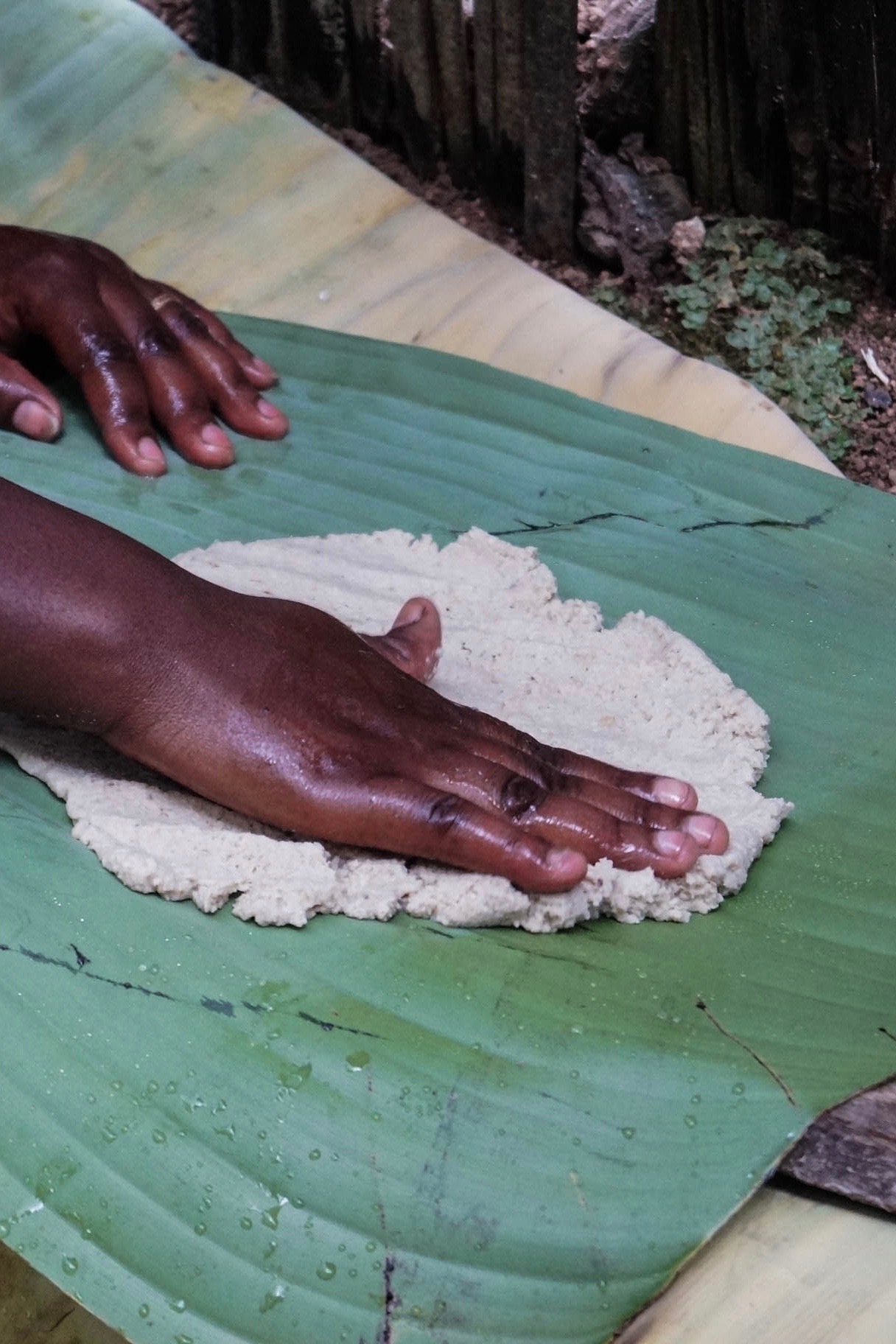
No comments yet.
Be the first to comment on this post!